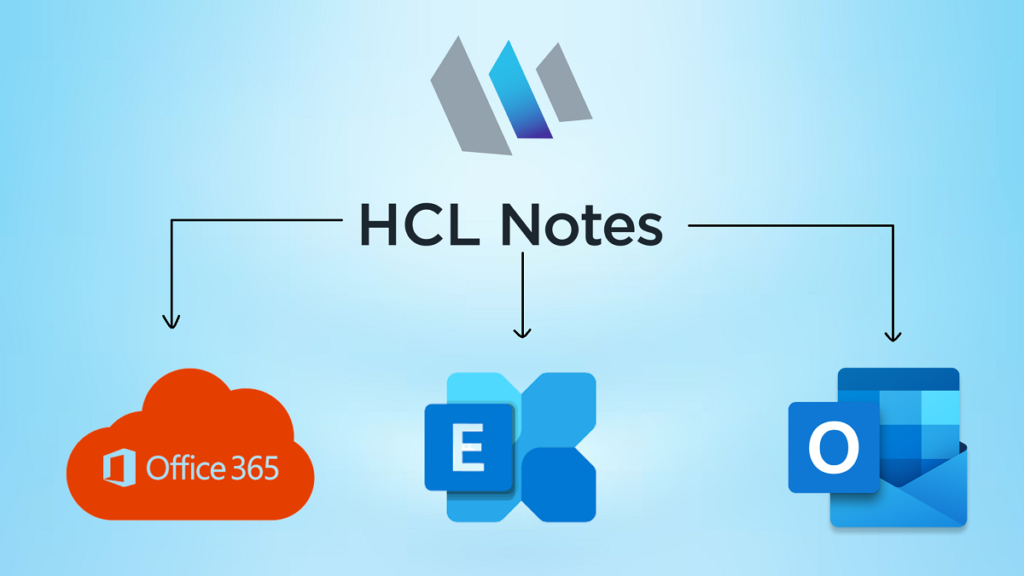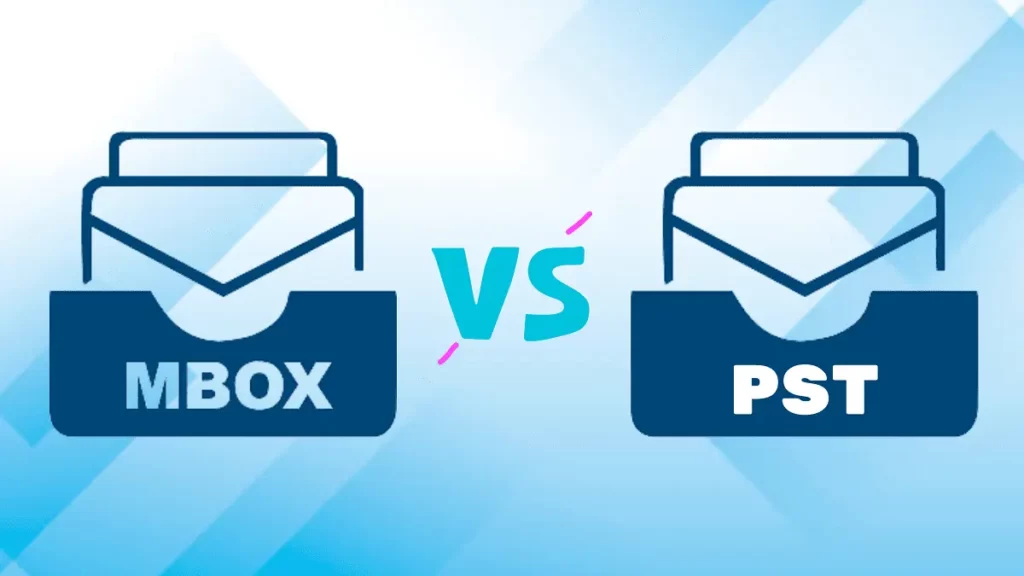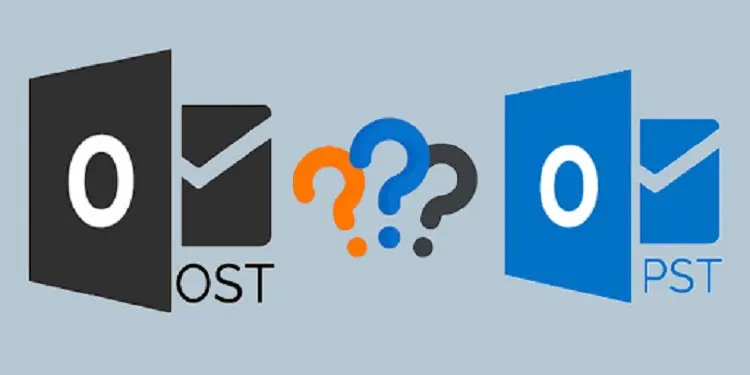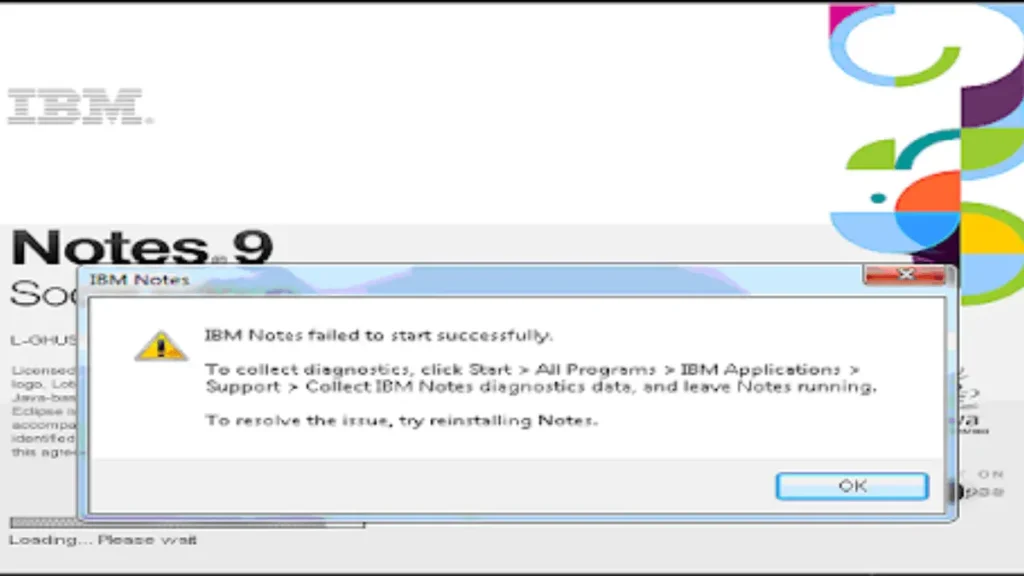HCL Notes is a powerful tool for managing data and collaborating within organizations. However, when it comes to in-depth data analysis and presentation, Microsoft Excel often takes the lead. This guide will show you how to move your data from Notes to Excel so you can use the best of both platforms!
Here’s what we’ll cover:
- Why moving your data to Excel is awesome (spoiler: charts and deeper insights!)
- How to do the basic transfer step-by-step (it’s easier than you think!)
- Other ways to get your data across (for those who want more options)
Why Export HCL Notes to Excel Make Sense?
There are several reasons why exporting data from HCL Notes to Excel can be beneficial:
- Power of Microsoft Excel: Excel has fancy features like pivot tables and charts that blow HCL Notes views out of the water. This lets you find hidden patterns and trends in your data, like a data ninja!
- Collaboration Made Easy: Most people have Excel, so sharing your data with teammates or clients is a breeze. No more worrying about them needing fancy HCL Notes access.
- Get Offline Access: Unlike HCL Notes that needs a server connection, your data in Excel is always available, even without the internet. Work on that presentation on the plane, no problem!
- Make it Pretty! Excel lets you format your data to look clear and professional. No more struggling with boring HCL Notes views.
There are even more reasons to export to Excel, but you get the idea. It’s basically the perfect tool to turn your data into something useful!
This guide will also show you how to actually move your data from HCL Notes to Excel. It’s easier than you think, promise!
P.S. We also cover some technical details about what kind of data gets exported and how to handle things like multiple entries in a field. But don’t worry, you don’t need a Ph.D. to understand it.
Here are some additional points to consider:
- You cannot export data directly from an open document in Lotus Notes. The export functionality works on views that display document data.
- By default, commas separate the fields in the CSV file.
- You can choose to export all documents in the view or only the selected documents.
- You can include the view titles as the first line in the exported CSV file.
- You can specify the character set used for encoding the data in the CSV file (default, UTF-8, or Unicode).
For multi-valued fields (fields that can contain multiple entries):
- Lotus Notes might handle them differently depending on your preference.
- In some cases, all the values from a multi-valued field might be combined into a single cell separated by a specific delimiter (like a semicolon).
- Alternatively, each value from the multi-valued field might be exported to a separate row in the CSV file.
If you’re unsure about how multi-valued fields will be handled in your export, it’s recommended to do a test export with a small sample of data to see the resulting format.
Steps to Export Data from HCL Notes to CSV (Microsoft Excel):
While HCL Notes doesn’t directly export to Microsoft Excel format (.xlsx), you can achieve this by exporting the data to a CSV (Comma-Separated Values) file and then importing it into Excel. Here’s how:
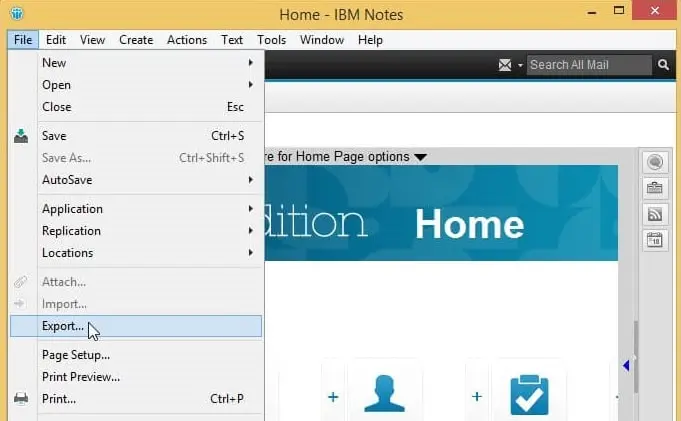
Export HCL Notes to CSV:
- Open HCL Notes and navigate to the view containing the data you want to export.
- Click on the “File” menu and select “Export”.
- In the “Save as type” dropdown menu, choose “Comma Separated Values (CSV)”.
- The “CSV Export” window will appear. Here you can choose:
- Documents to export: Select “All Documents” for the entire view or choose specific documents you’ve highlighted.
- Include view titles: This option adds the view column names as the first line in the CSV.
- Character set: Specify the encoding for the data (default, UTF-8, or Unicode).
- Click “OK” to initiate the export.
- Choose a location to save the CSV file and give it a descriptive name.
- Click “Save”.
Import CSV into Microsoft Excel:
- Open Microsoft Excel.
- Click on the “Data” tab.
- In the “Get External Data” section, click on “From Text/CSV”.
- Navigate to the location where you saved the CSV file from HCL Notes and select it.
- Click “Import”.
- The “Text Import Wizard” will appear. In the first step, you might need to adjust the “File Origin” depending on your system settings.
- In the second step, preview the data to ensure the delimiter (comma) is recognized correctly. You might need to adjust the “Delimiters” section if not.
- Click “Next” on both steps until you reach the “Data formatting” step. Here, you can choose how to format specific columns (e.g., date, number).
- Click “Finish” to import the data from HCL Notes into your Excel spreadsheet.
Is There Any Alternatives to Export HCL Notes to Excel
Yes, there are a couple of alternatives to exporting HCL Notes data in Excel .csv format:
- Third-party Converter Tools: Several third-party software programs specialize in converting data from HCL Notes databases (NSF files) into various formats, including PST, EML and MSG. Shoviv NSF to PST Converter tool is an ideal choice and offer additional features like:
- Multiple Export Formats: They might support exporting to formats beyond just CSV, allowing you to choose the format that best suits your needs (e.g., directly to Outlook PST Format).
- Advanced Filtering and Selection: Some tools provide more granular control over the data you want to export, allowing you to filter specific views, documents, or fields.
- Batch Processing: If you need to export data from multiple HCL Notes databases regularly, these tools can automate the process, saving you time and effort.
Here’s a caveat: Third-party converter tools typically come with a cost, either a one-time purchase or a subscription fee.
- LotusScript: For users comfortable with scripting, HCL Notes offers a built-in scripting language called LotusScript. With LotusScript, you can develop custom scripts to extract data from HCL Notes views and format it for export into various formats, including Excel.
Here are some things to consider with LotusScript:
- Technical Expertise: Developing scripts requires knowledge of LotusScript syntax and functionalities.
- Time Investment: Writing and debugging scripts can be time-consuming, especially for complex data extraction needs.
- Limited Reusability: Scripts might need to be customized for different views or data sets, reducing their reusability.
The best choice between these alternatives depends on your specific needs and technical expertise.
- If you need occasional exports in a simple format like CSV, the built-in export functionality might suffice.
- If you require more advanced features like direct Excel export, filtering, or automation, consider third-party converter tools.
- If you’re comfortable with scripting and need a highly customized solution, LotusScript might be an option.
Also Read: best ways to Migrate from Lotus Notes Mails to Microsoft Office 365
Final Takeaways
Here’s the skinny on why using these two tools together is awesome:
- Excel’s the Analysis Master: It has superpowers like pivot tables and charts that make finding hidden patterns in your data from Notes a breeze.
- Collaboration Made Easy: Everyone uses Excel, so sharing your data with coworkers or clients is smooth sailing. No more “I don’t have Notes” headaches!
- Flexibility is Key: You can choose how to move your data, whether it’s built-in tools, special software, or even writing a script (for the techie folks).
The best method to Export HCL Notes to Excel .csv format depends on how much data you have, how often you do this, as well as your comfort level with computers. No matter what, understanding both Notes and Excel will help you turn your data into something you can actually use!

